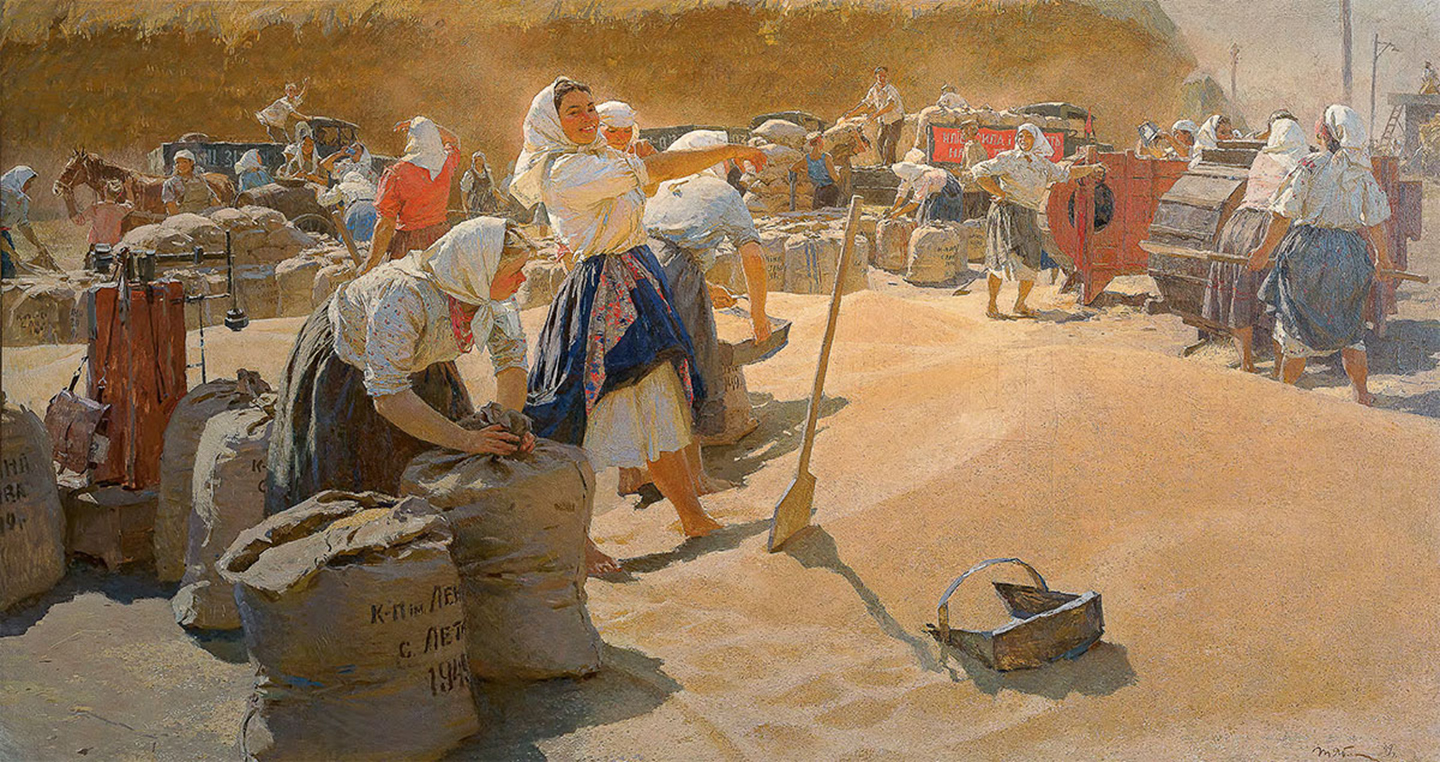Witold Kula, An Economic Theory of the Feudal System: Towards a Model of the Polish Economy, 1500–1800 (Verso, 1976); Marian Małowist, Wschód a Zachód Europy w XIII–XVI wieku (Eastern and Western Europe in the 13th to 16th centuries) (Wydawnictwo Naukowe PWN, 2006); Immanuel Wallerstein, The Modern World-System I: Capitalist Agriculture and the Origins of the European World-Economy in the Sixteenth Century (University of California Press, 2011).
Peter Kolchin, Unfree Labor: American Slavery and Russian Serfdom (Harvard University Press, 1987); Kacper Pobłocki, “Globalna historia ludowa a problem niewoli w dawnej Polsce” (Global folk history and the problem of slavery in ancient Poland), Widok, no. 27 (2020) →; Manuela Boatcă, “Coloniality of Labor in the Global Periphery: Latin America and Eastern Europe in the World-System,” Review (Fernand Braudel Center) 36, no. 3–4 (2013).
Jason W. Moore, Capitalism in the Web of Life. Ecology and the Accumulation of Capital (Verso, 2015), 169–93.
Daniel Beauvois, The Noble, the Serf and the Revizor: The Polish Nobility Between Tsarist Imperialism and the Ukrainian Masses (1831–1836) (Routledge, 2023); Henryk Litwin, Napływ szlachty polskiej na Ukrainę 1569–1648 (The influx of Polish nobility to Ukraine 1569–1648) (Wydawnictwo Naukowe Semper, 2000).
For the colonial hypothesis, see Jan Sowa, Fantomowe ciało króla: Peryferyjne zmagania z nowoczesna formą (The king’s phantom body: Peripheral struggles with modern form) (Wydawnictwo UNIVERSITAS, 2011); Jarosław Hrycak, Prorok we własnym kraju: Iwan Franko i jego Ukraina (1856–1886) (A prophet in his own country: Ivan Franco and his Ukraine, 1856–1886) (Wydawnictwo Krytyki Politycznej, 2010); Bogdan Huk, Ukraina: Polskie jądro ciemności (Ukraine: Polish heart of darkness) (Stowarzyszenie Ukraińskie Dziedzictwo, 2013).
For an overview of existing criticism of the colonial hypothesis, see Hieronim Grala, “Kolonializm alla polacca: Was the Polish-Lithuanian Commonwealth a Colonial Power?,” Polski Przegląd Dyplomatyczny, no. 71 (2017).
Beauvois, The Noble, the Serf and the Revizor, 1.
In the sixteenth century, the Cossacks were joined by merchants, peasants, and runaways from the Polish-Lithuanian Commonwealth, Muscovy, and Moldavia, all fleeing serfdom.
Chief among this scholarship was Jan Sowa’s 2011 book Fantomowe ciało króla: Peryferyjne zmagania z nowoczesna formą (The king’s phantom body: Peripheral struggles with modern form). Regrettably, it remains untranslated into English.
